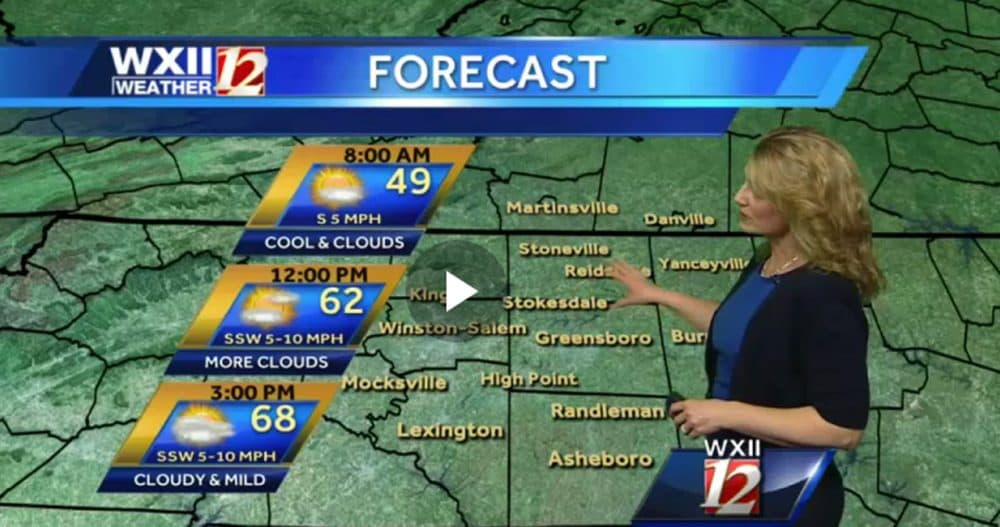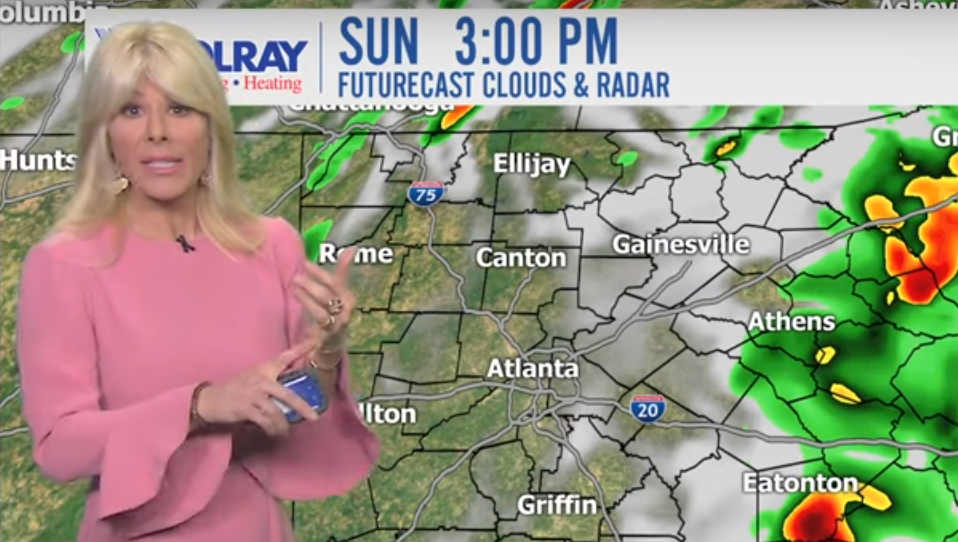

Digital startups are focused on population-dense communities rather than the rural areas most often abandoned by local newspapers, while many subsidized public media outlets rely primarily on non-original content. Other media sources have been unable so far to fill the gap. In the U.S., 200 counties do not have a local newspaper, nearly 50% of counties only have one newspaper, usually a weekly, and more than 6% of counties have no dedicated news coverage at all. The scope of the problem is far worse than most people realize.Key takeaways related to the decline of local news: All of this raises fears of the collapse of the country’s local news ecosystem. The economic fallout from the coronavirus has accelerated the decline in local newspapers – at least 30 newspapers closed or merged in April and May 2020, dozens of newspapers switched to online-only delivery, and thousands of journalists at legacy and digital news operations have been furloughed or laid off. The latest report by Penny Abernathy, Knight Chair in Journalism and Digital Media Economics at the UNC Hussman School of Journalism and Media, titled News Deserts and Ghost Newspaper: Will Local News Survive? reveals an increasingly dire situation for local news. More than one-fourth of the country’s newspapers have disappeared, leaving residents in thousands of communities living in vast news deserts. While the advertising-based model for local news has been under threat for many years, the COVID-19 pandemic and recession have created what some describe as an “extinction level” threat for local newspapers and other struggling news outlets. Technological and economic assaults have destroyed the for-profit business model that sustained local journalism in this country for two centuries. Framing the Problems The Decline of Local News Our current media ecosystem produces too little high-quality information we have a tendency to be attracted to information that confirms our existing biases about the world and to share this information with little regard for its veracity and there are an increasing number of actors who seek to leverage these observations to distort public discourse and to undermine democratic decision-making. Social scientists who study the impact of the Internet, social media, and other forms of digital information sharing paint an alarming picture of the health of American democracy.

Part 2: The Rise of Platforms and Growing Spread of Mis- and DisinformationĪppendix A: Workshop Participant BiographiesĪppendix B: Research and Resources Executive Summary
Weather channel and fox vie for streaming eyeballs pdf#
To print or save: download a PDF of the full report or a PDF of the executive summary. UNC Center for Media Law and Policy, University of North Carolina at Chapel Hill

A summary of current research and policy proposalsīy David Ardia, Evan Ringel, Victoria Smith Ekstrand, and Ashley Fox


 0 kommentar(er)
0 kommentar(er)
